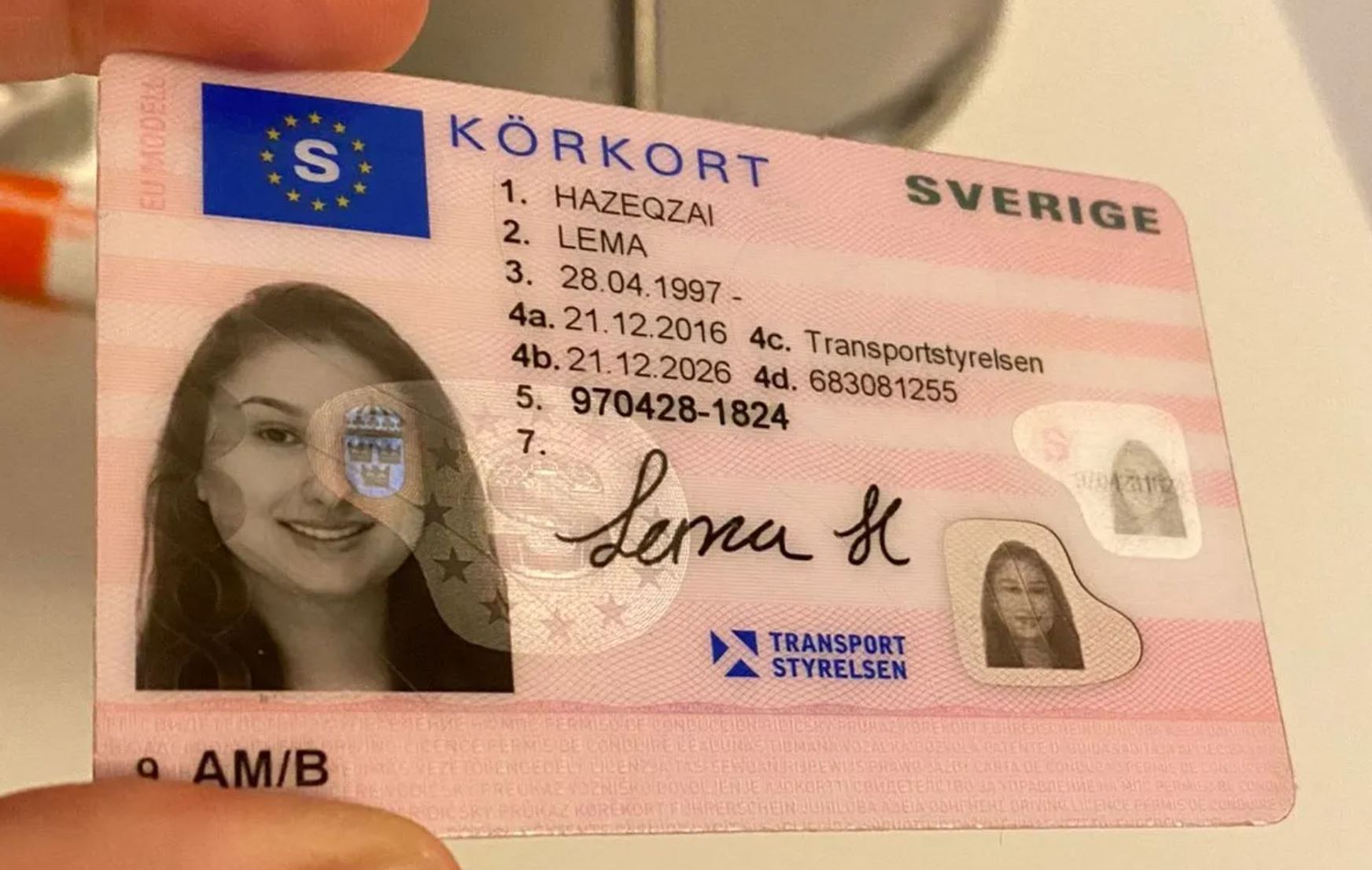korkortonline8174
korkortonline8174
Address Transportstyrelsen Tools To Ease Your Daily Life
Understanding Transportstyrelsen: Sweden’s Transport Agency
Transportstyrelsen, or the Swedish Transport Agency, plays an essential function in the management and guideline of different transport sectors within Sweden. Responsible for guaranteeing safe, efficient, and sustainable transportation systems, this firm oversees a large range of transportation modes, including road, rail, aviation, and maritime. This post explores the company’s structure, functions, regulations, and effect on the Swedish transport landscape.
Introduction of Transportstyrelsen
Developed mainly to enhance the management of the transportation sector, Transportstyrelsen combines multiple roles associated with traffic security, facilities, and environmental effect. The agency operates under the Ministry of Infrastructure and works in collaboration with local federal governments, economic sector stakeholders, and international companies.
Secret Functions of Transportstyrelsen
Transportstyrelsen’s responsibilities include a broad scope, which can be summed up as follows:
-
Regulatory Framework Development
- Develop regulations and standards for all transport modes.
- Monitor compliance and impose relevant laws and regulations.
-
Licensing and Registration
- Handle the licensing process for motorists and transport services.
- Preserve a detailed database of authorized cars and airplane.
-
Traffic Safety Promotion
- Conduct research study and gather information on transport safety.
- Implement projects intended at increasing public awareness about traffic security.
-
Sustainability Initiatives
- Promote environmentally friendly transportation solutions.
- Encourage the adoption of electric and alternative fuel automobiles.
-
International Collaboration
- Engage with other European and international transport authorities.
- Take part in initiatives focused on balancing transport regulations across borders.
Organizational Structure
Transportstyrelsen is organized into numerous departments, each focusing on particular transport techniques:
- Road Traffic Department
- Train Department
- Maritime and Air Traffic Department
- Environment and Sustainability Department
- Economic Analysis and Strategy Department
This structure allows for expertise and focused efforts in handling the diverse aspects of transportation within Sweden while ensuring that all departments work collaboratively toward common goals.
| Department | Secret Responsibilities |
|---|---|
| Roadway Traffic Department | Handles driver licensing, automobile registration, and road safety regulations. |
| Railway Department | Manages railway security, infrastructure development, and service quality. |
| Maritime and Air Traffic Department | Controls shipping and air travel, making sure compliance with security requirements. |
| Environment and Sustainability Department | Addresses transport-related environmental problems and promotes sustainability practices. |
| Economic Analysis and Strategy Department | Performs economic analyses to inform policy and strategy on transportation efforts. |
Effect on the Swedish Transport System
Transportstyrelsen’s impact on the Swedish transport system is extensive. The firm’s guidelines and policies form the security, efficiency, Onlinekörkort and ecological impact of transportation in Sweden. Key contributions consist of:
- Enhanced Safety Standards: By setting stringent security guidelines and continuously keeping track of compliance, the agency assists lower mishap rates and enhance general road, rail, and air safety.
- Promo of Public Transport: Through financial investments and support for public transport systems, the company encourages a shift from private automobile dependence to more sustainable and ecologically friendly transportation modes.
- Support for Innovations: The agency fosters innovation in the transportation sector by supporting new technologies such as electric cars and clever traffic systems, intending to meet both present and future obstacles in transportation logistics and environmental management.
Guideline Compliance
To ensure compliance with Transportstyrelsen’s regulations, stakeholders in the transport sector need to comply with different standards and requirements. This includes getting required licenses, undergoing evaluations, and sending reports on security efficiency.
Vital Compliance Areas
- Chauffeur Licensing Requirements
- Automobile Inspection Standards
- Safety Protocols for Transport Operations
- Ecological Regulations for Vehicle Emissions
- Operational Standards for Public Transport Services
Violations of these guidelines can cause significant penalties, including fines and the cancellation of authorizations or licenses.
Often Asked Questions (FAQs)
What is Transportstyrelsen?Transportstyrelsen, or the Swedish Transport Agency, is the government authority responsible for controling all elements of transport in Sweden, including roadway, rail, maritime, and air travel sectors. How does Transportstyrelsenmake sure safety in transportation?The company develops and implements guidelines, performs research, and carries out safety projects to promote safe transportation practices among all road users. What kinds of automobiles does Transportstyrelsen regulate?Transportstyrelsen controls a broad variety of lorries, consisting of guest cars and trucks, industrial lorries, motorcycles, aircraft, and maritime
vessels. How can I contact Transportstyrelsen?Transportstyrelsen can be gotten in touch with through their main website where various resources, contact information, and kinds for queries are provided.
Is there an appeal process for licensing choices made by Transportstyrelsen?Yes, people and companies can appeal decisions made by Transportstyrelsen concerning licenses and guidelines as detailed in their official
standards. Transportstyrelsen is an integral part of Sweden’s transport landscape, guaranteeing that the systems in place are not just efficient and efficient however also safe and ecologically conscious. Its diverse duties,
from guideline to public security, establish a structure that benefits both the Swedish population and the broader transport network. Comprehending Transportstyrelsen’s functions and functions helps stakeholders navigate the intricacies of the transportation sector, promoting compliance and promoting developments necessary for future sustainability.


